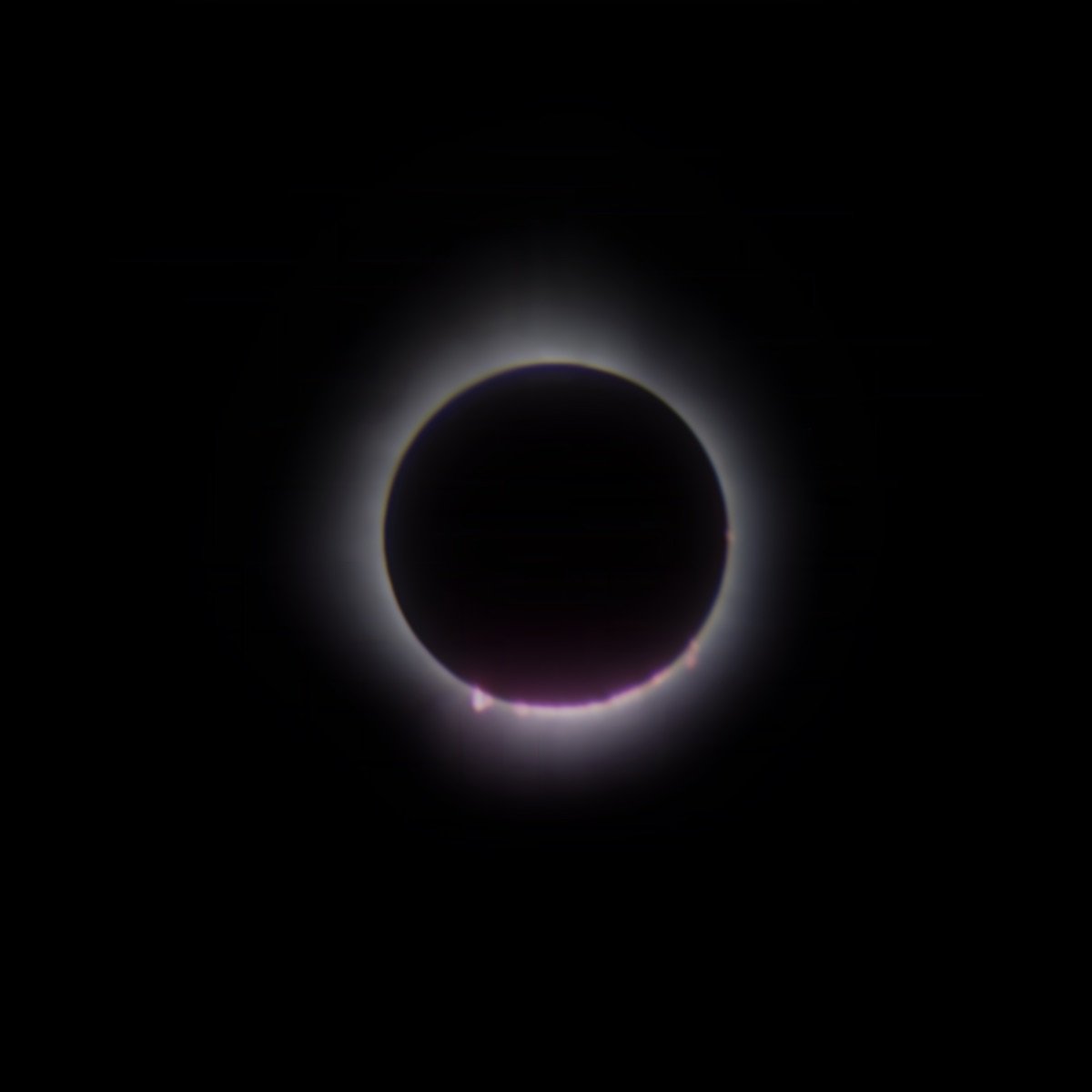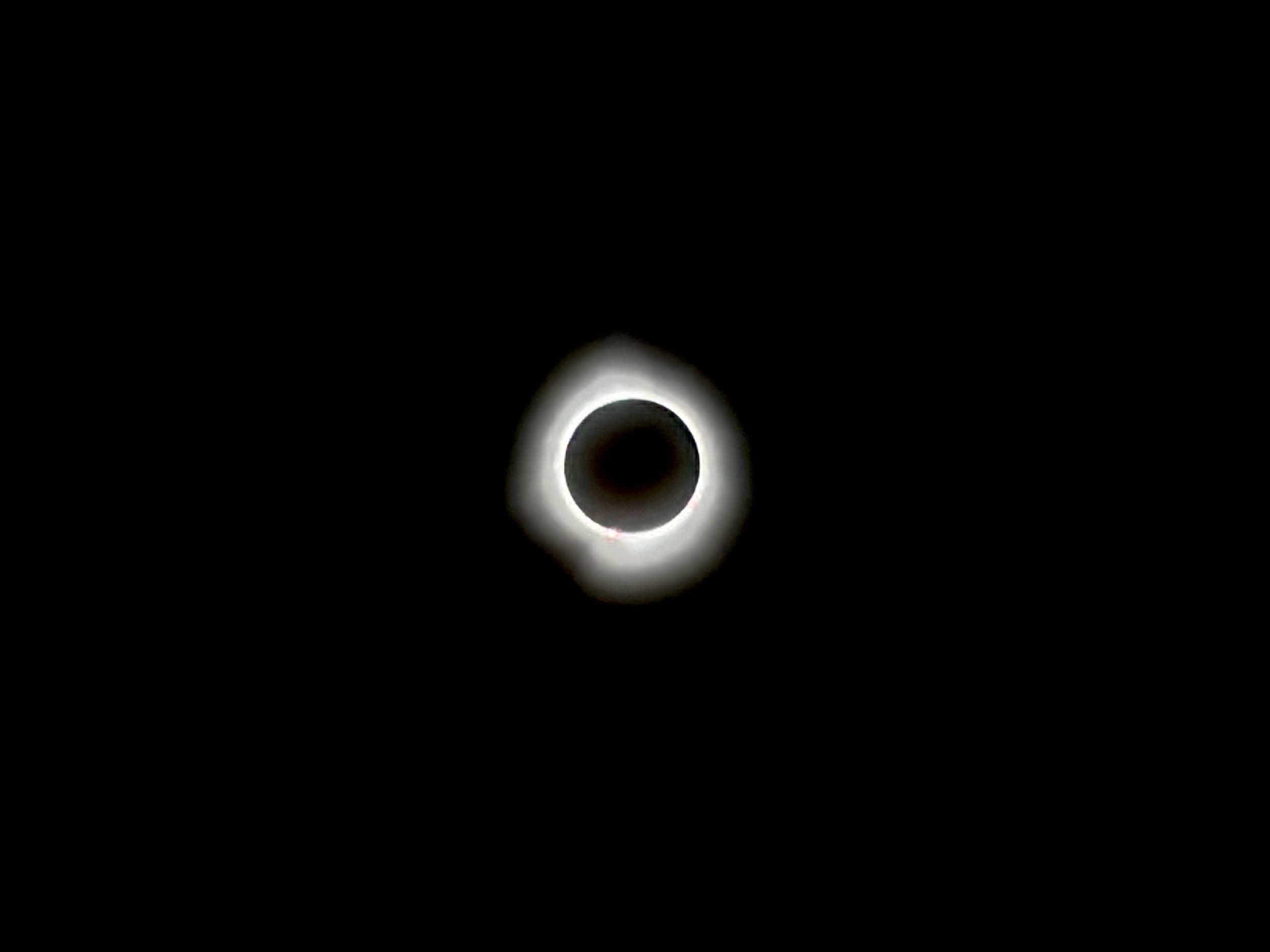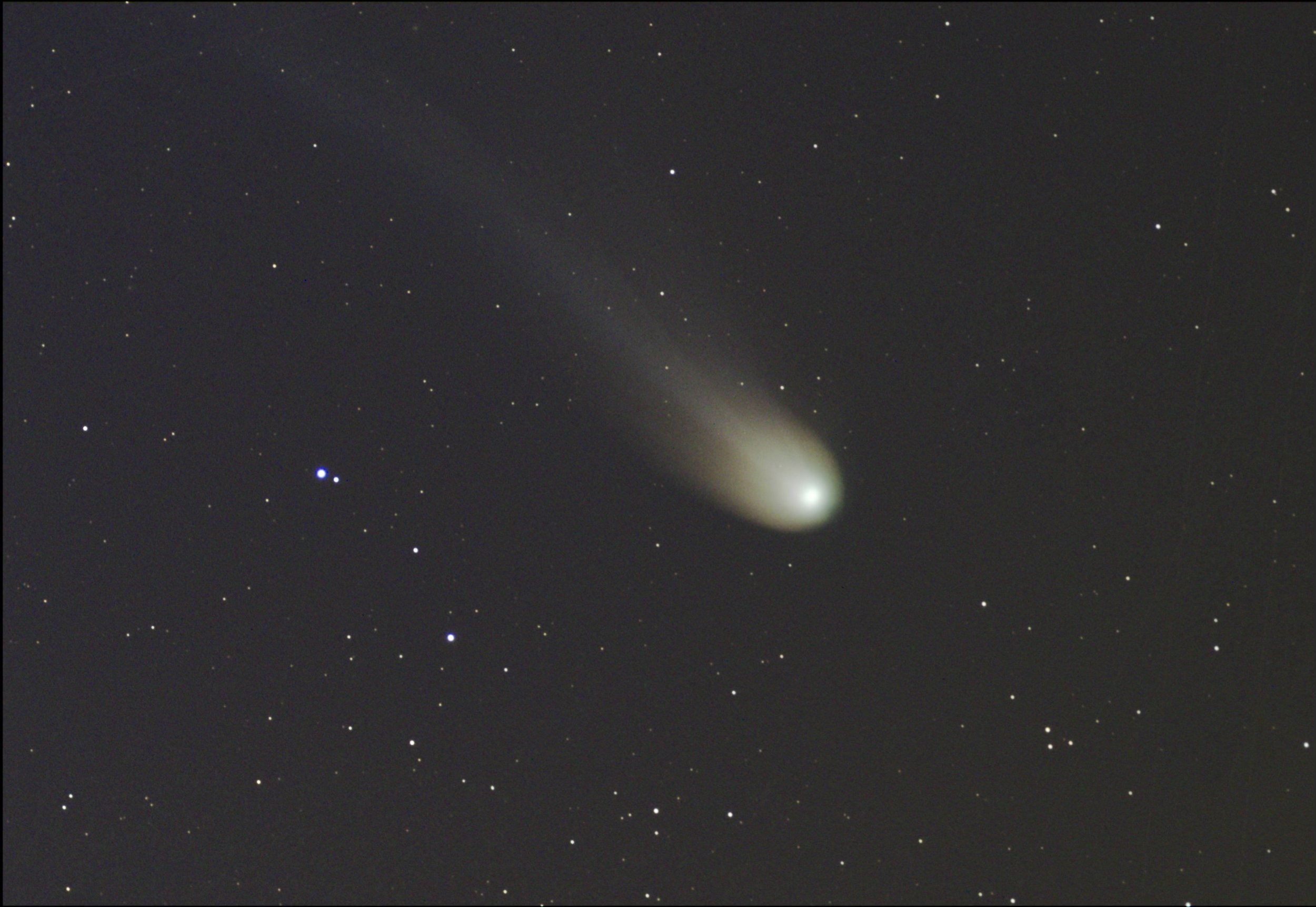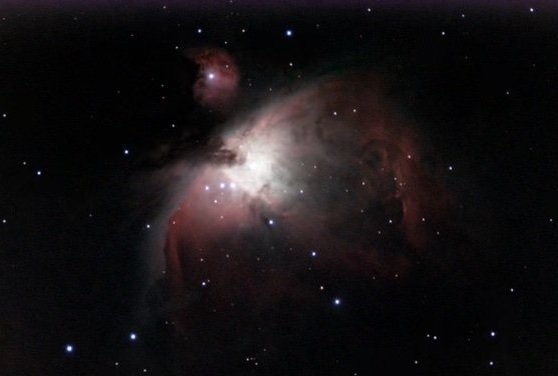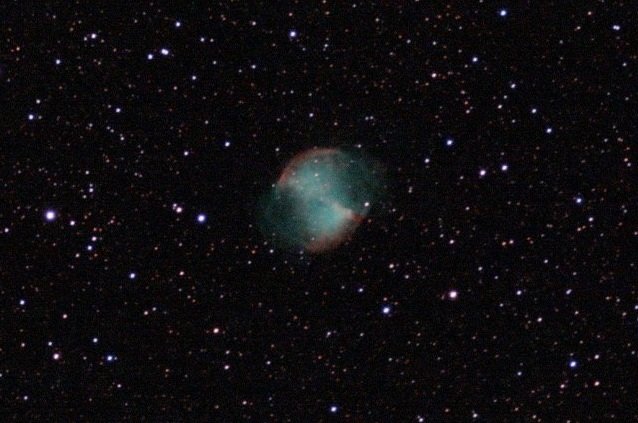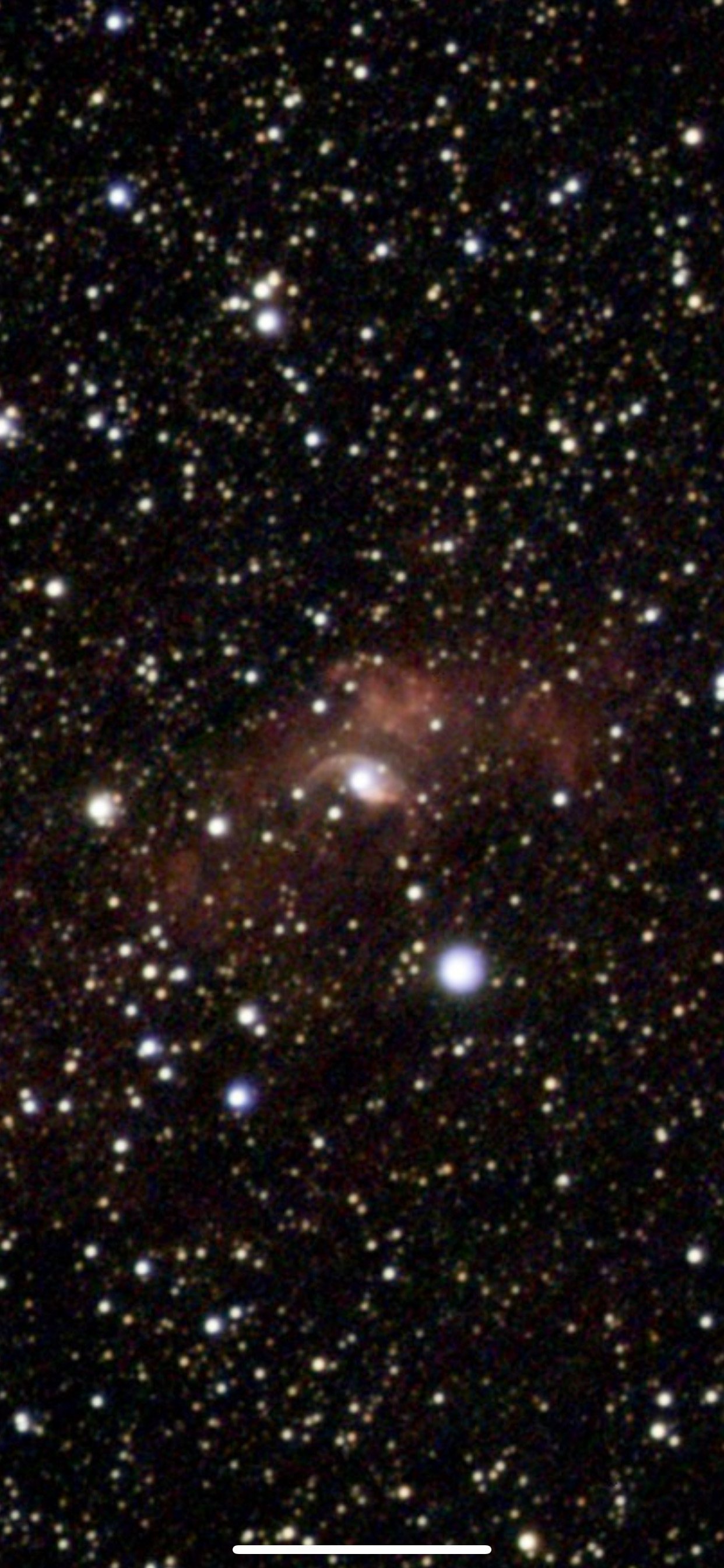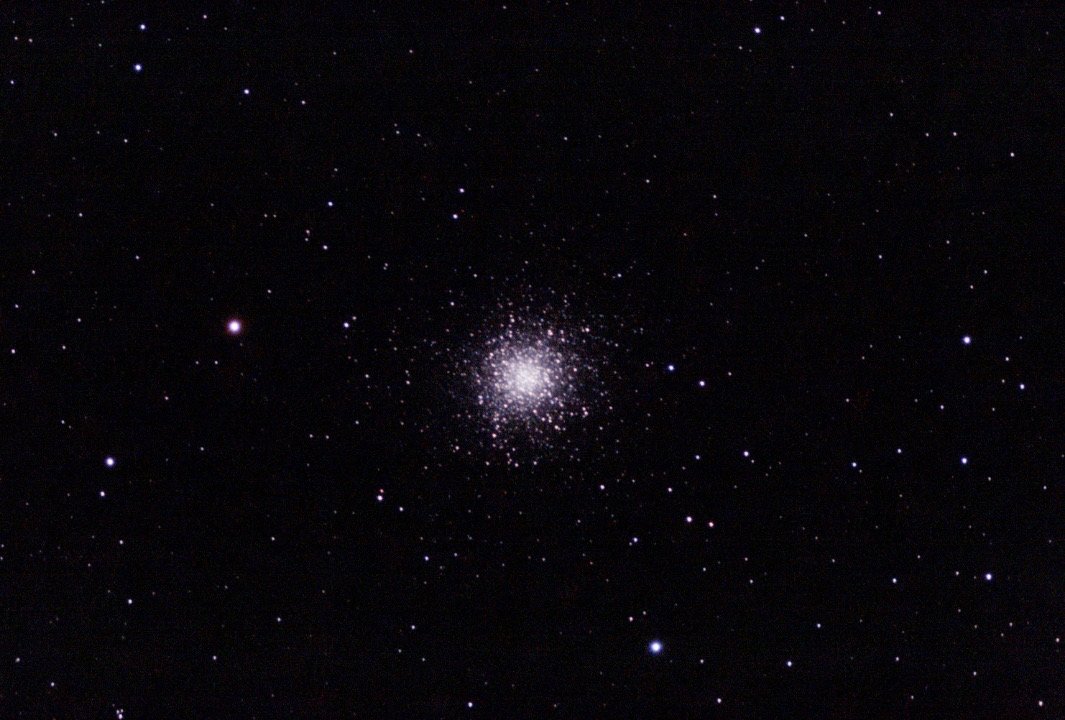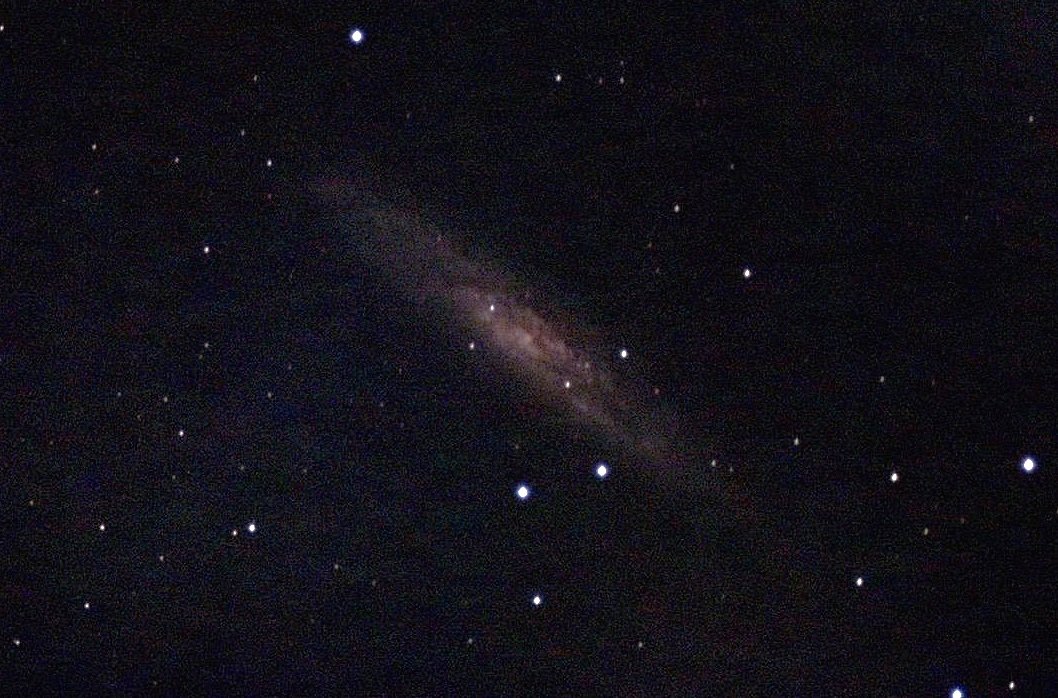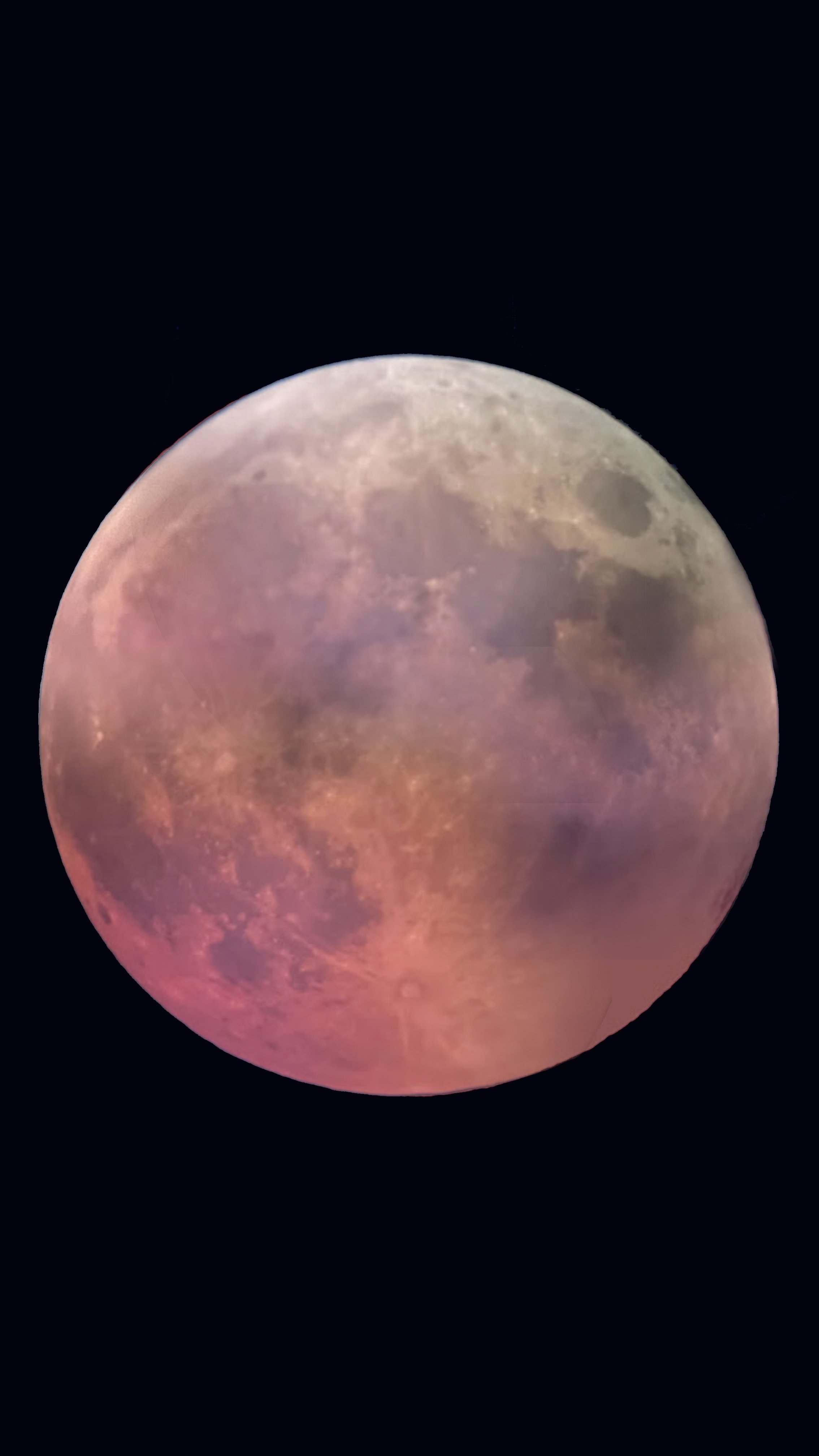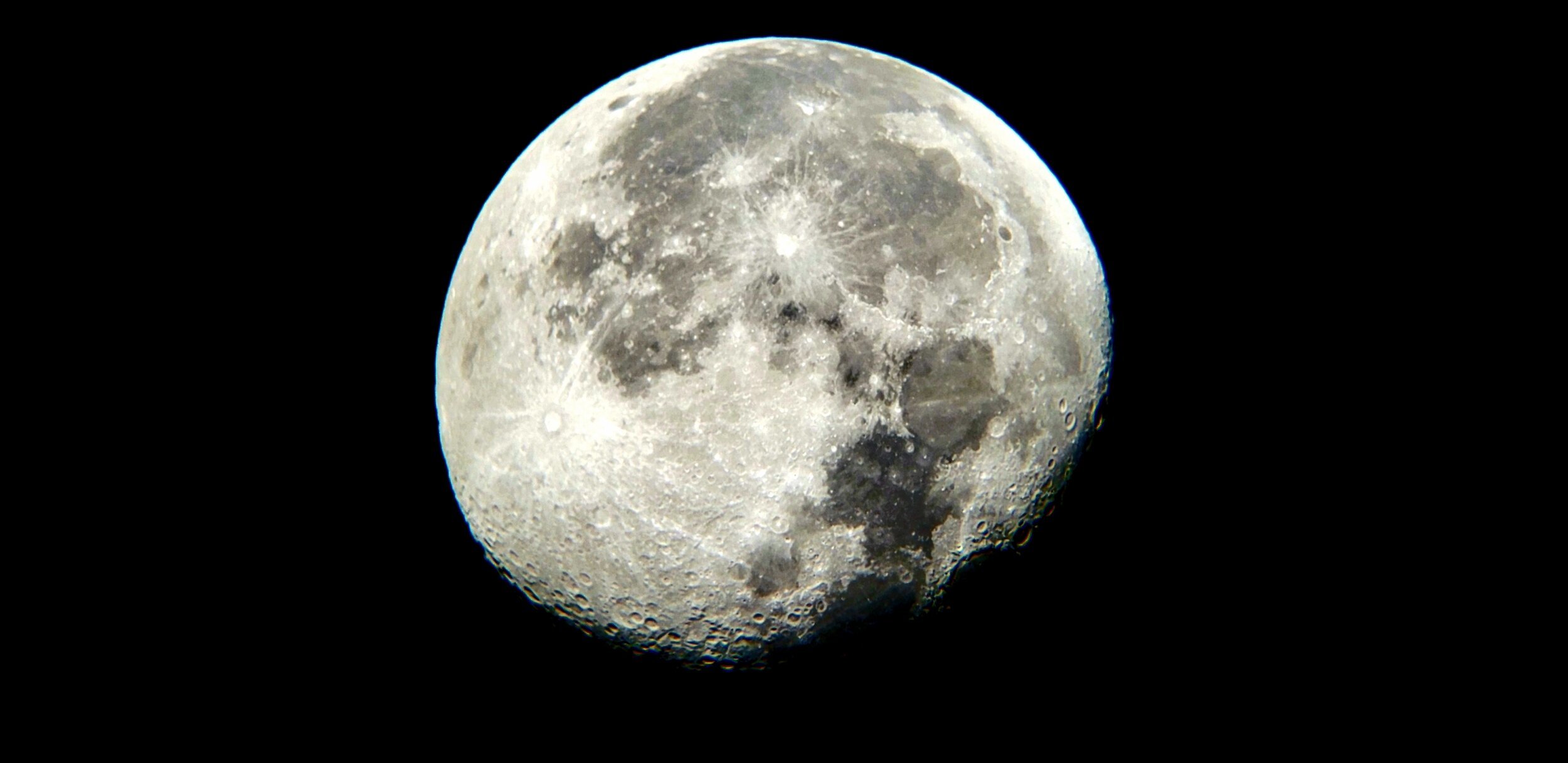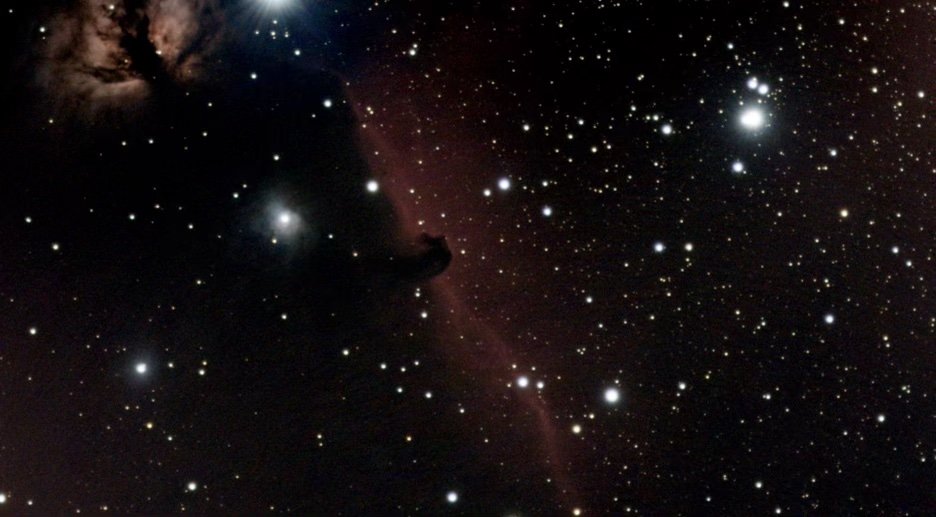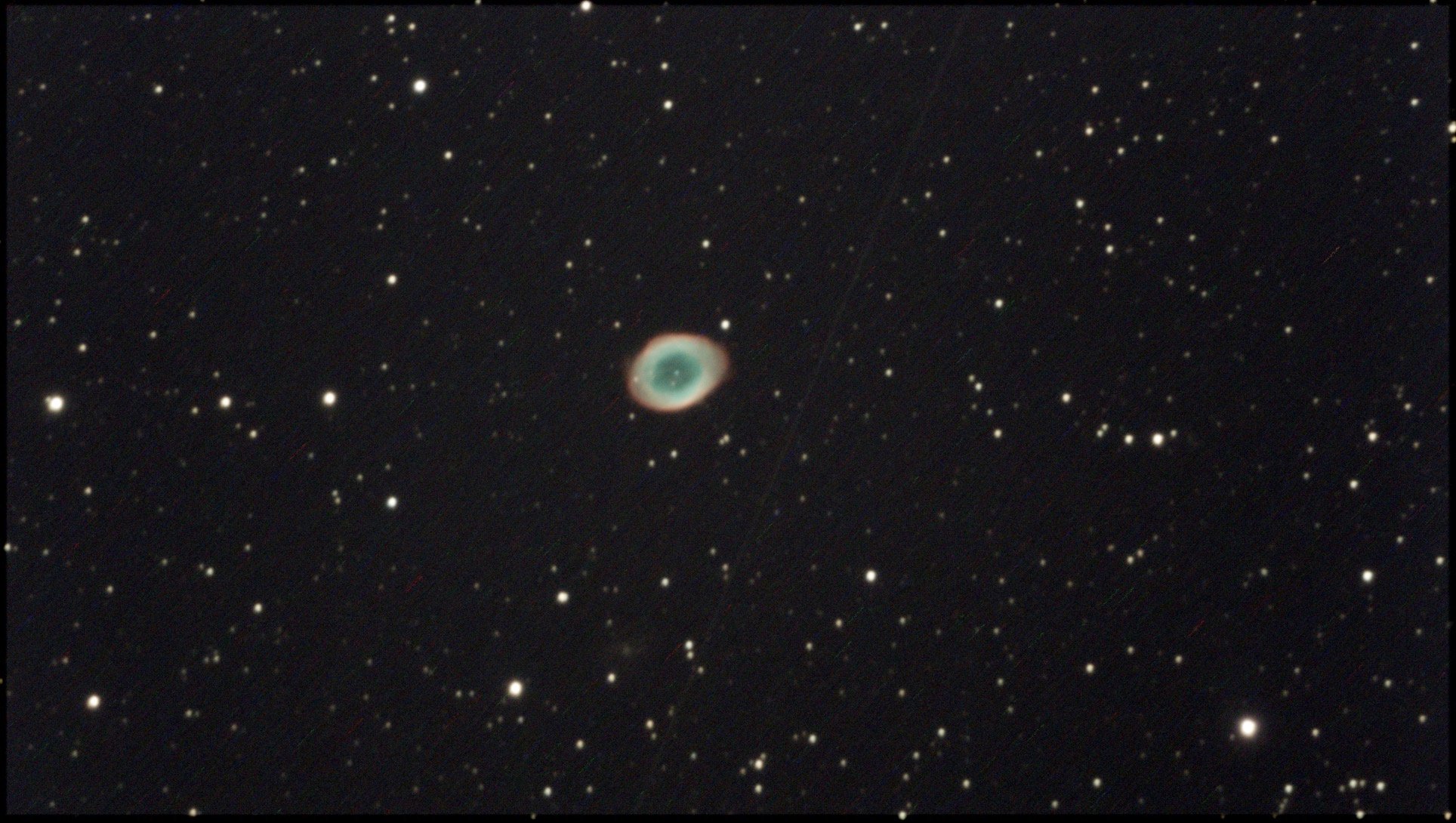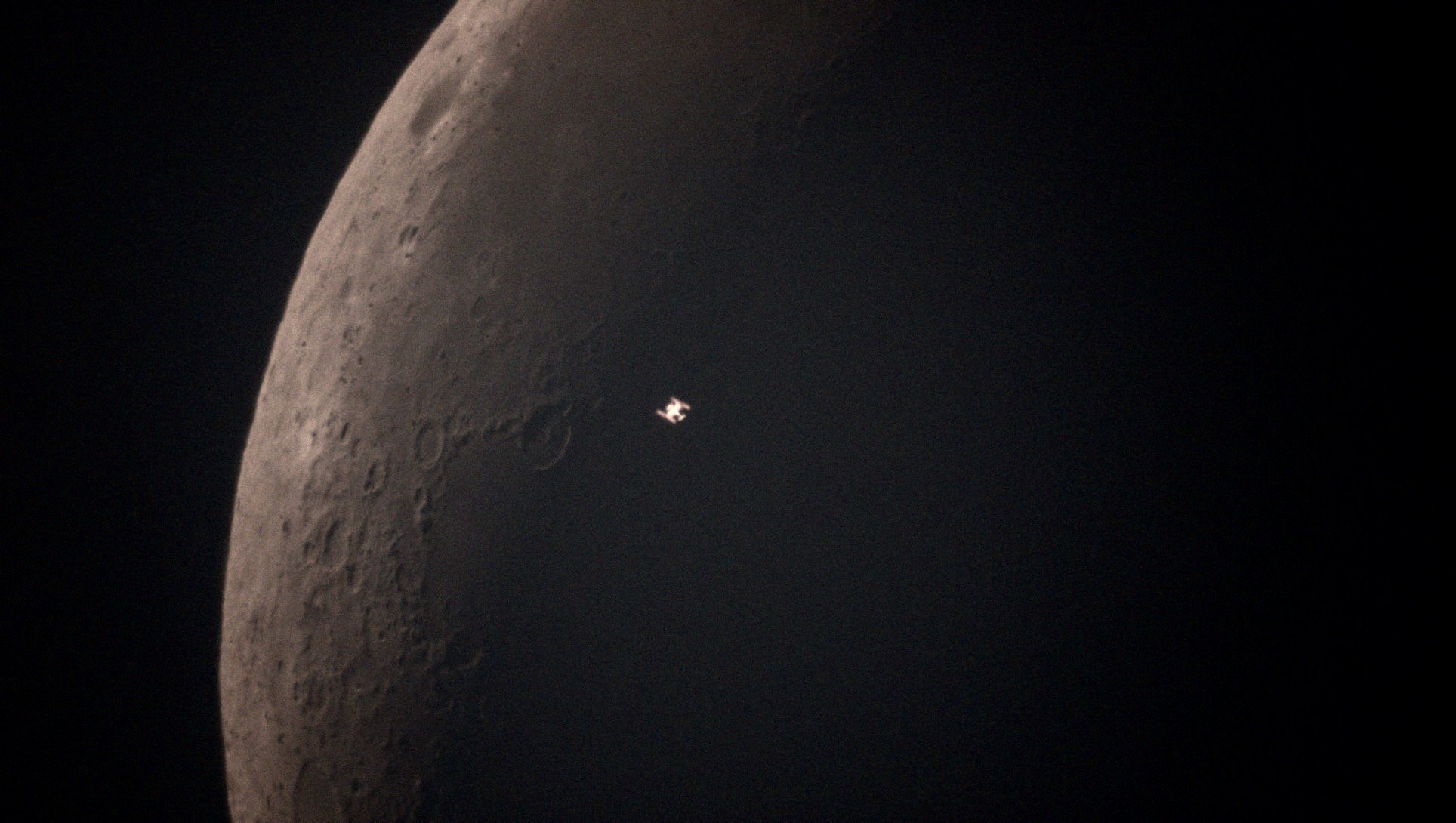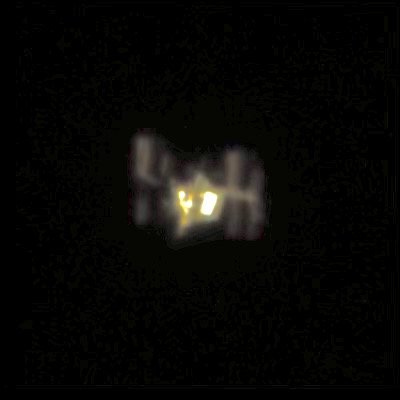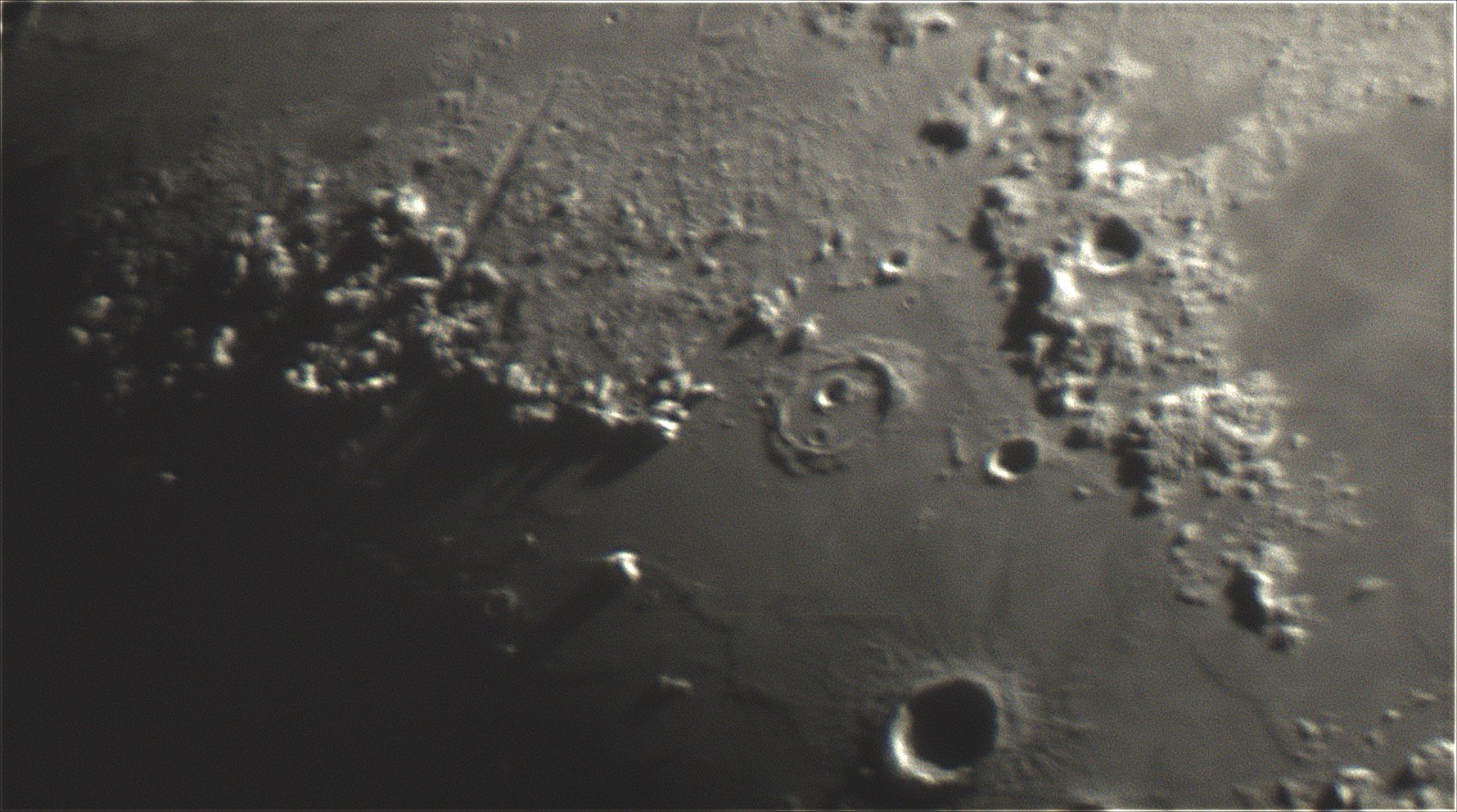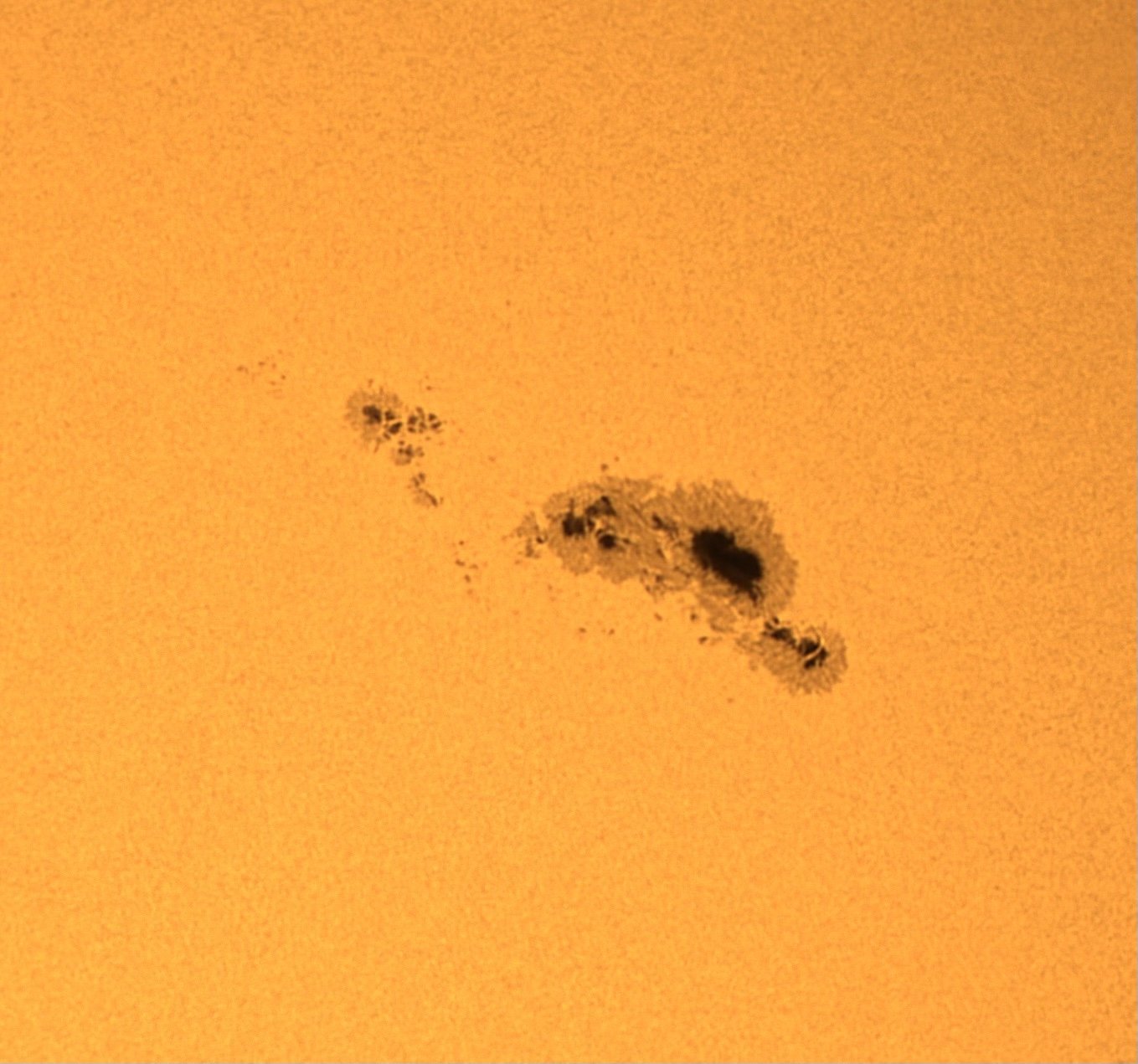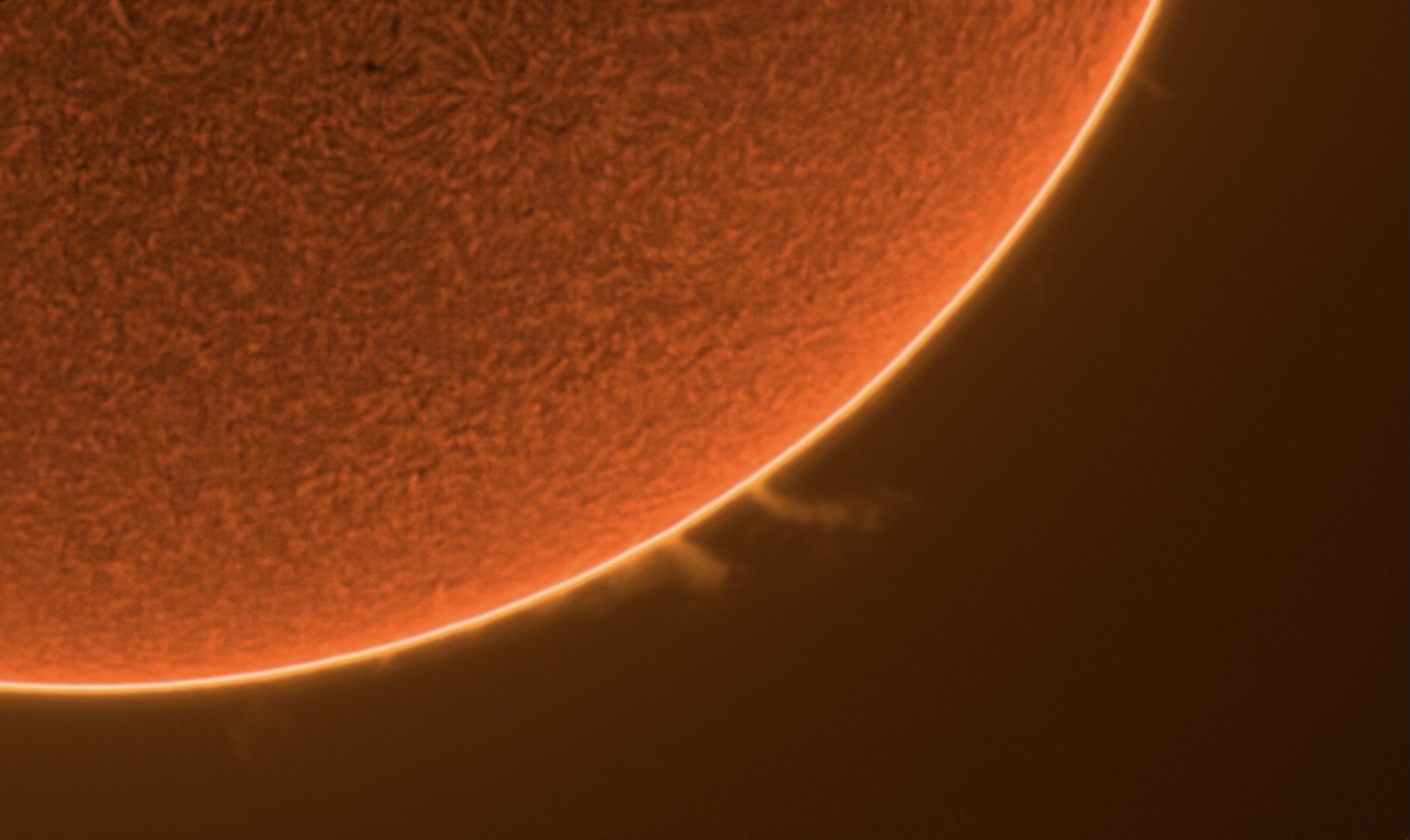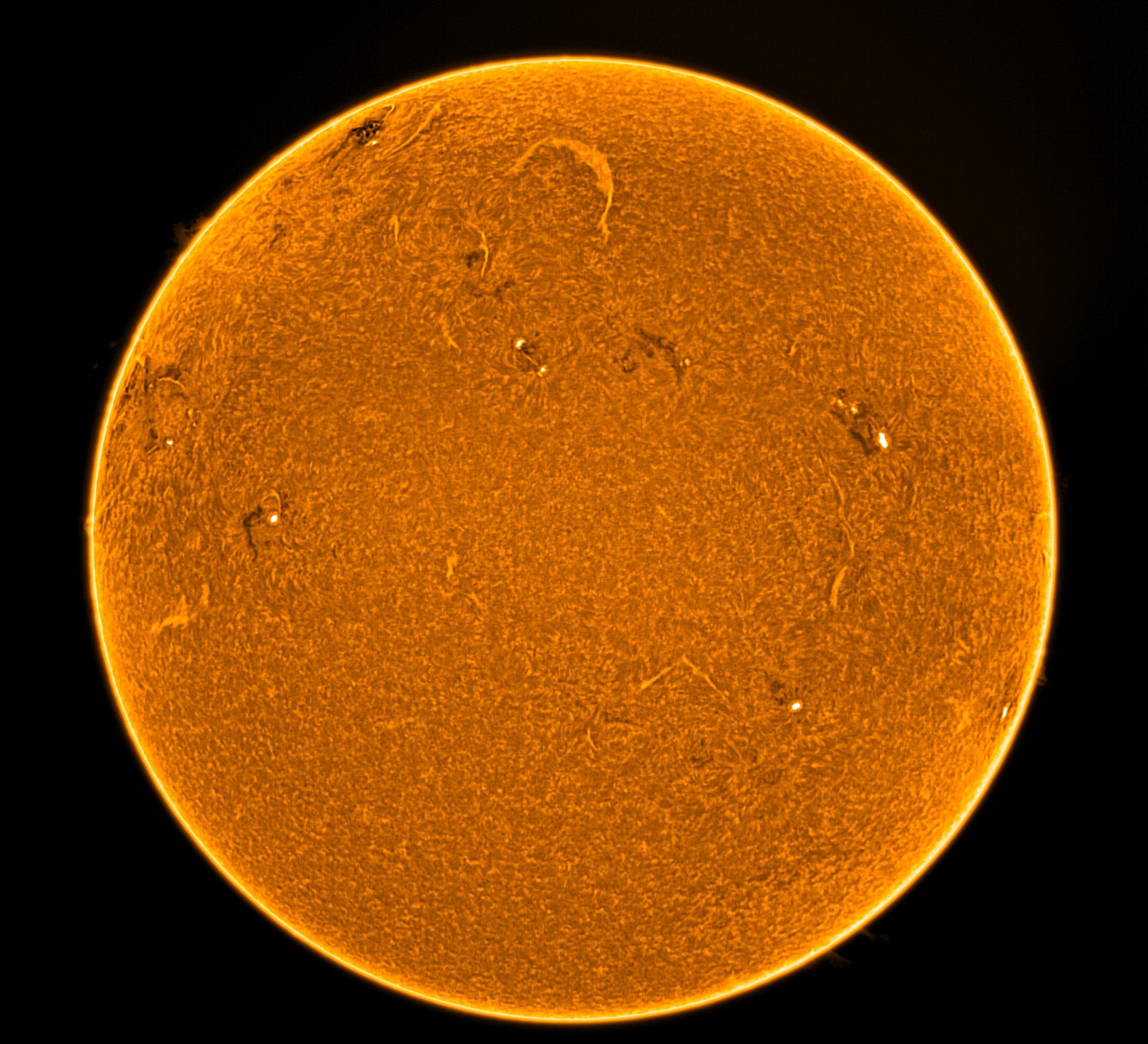STEM
Biology, Chemistry, Physics, Astronomy, Advanced Biology, and Oceanography
Science at a Classical High School
Science, Technology, Engineering, and Mathematics are foundational to a classical education. They are the fruits of mankind’s creative genius over centuries to the modern era in an effort to study creation and grow closer to the Creator. Like creation and the reality of the world, Montfort’s science and math program is multi-faceted. It is strong in both theory in the classroom and practice in the laboratory. From artificial intelligence to micro-robots in medicine, science is moving fast, and the Montfort mind is exploring and expanding.
Our courses in Biology, Chemistry, Physics, Astronomy & Astrophysics, Advanced Biology, and Oceanography make use of original texts of scientists. Our science library includes major scientific journals and access to most major digitally archived science libraries such as JSTOR. Textbooks are often college level. For example, in a recent dissection of the cow’s eye students used Frank Netter, M.D.’s Atlas of Human Anatomy, a standard text in medical schools. Campbell’s Biology is used in Advanced Biology. Cosmos and Creator by Fr. Stanley Jaki is used in Astronomy as is Fr. George LeMaitre’s The Primeval Atom. The famed Handbook of Chemistry and Physics now in its 102nd edition is a reference text for Chemistry.
The Montfort Academy has heavily invested in college-level science lab equipment especially for Chemistry, Physics, and Astronomy, including a major 11-inch Celestron CPC-1100 Schmidt-Cassegrain telescope on the school’s rooftop observatory and in the Vernier LabQuest equipment. [See 2019 video]
Astronomy and Astrophysics is offered at Montfort in the Senior Year. It is taught as a college-level course and follows a curriculum developed at the University of Arizona, which offers one of the best Astronomy programs in the country.
Fr. George LeMaitre, father of the Big Bang Theory(Center) and Albert Einstein (Right). Until he read the works of Fr. LeMaitre and spoke with him directly, Albert Einstein believed in the steady-state theory of the universe, that it always existed and always will. Einstein changed this view after speaking with Fr. LeMaitre and due to his own research into mass and energy in the universe. After listening to LeMaitre speak at a conference about his big bang or “primeval atom” theory, Einstein said “This is the most beautiful and satisfactory explanation of creation to which I have ever listened”! For a wonderful article about the friendship between these two men, click here.
A WORD ON SCIENCE LABS
Science lab is required every week at The Montfort Academy, and students perform at least 120 hours of practical labs by the time they graduate. Recently, in biology, chemistry, physics, astronomy, advanced biology, and oceanography students performed various dissections (bovine eyes and fetal pigs); made soap through the process of saponification; extracted essential oils from orange peels and flower petals through steam distillation and made their own perfumes and colognes; made a battery and closed electrical circuit using copper pennies, aluminum foil, and an LED bulb; made maple syrup from sap and performed colorimetric analysis of the syrup throughout the concentration process; conducted force of gravity and sound wave experiments; induced electricity through moving magnets across copper wires; collided carts with one another; designed and flew paper airplanes using principles of aerodynamics; viewed the conjunction of Jupiter and Saturn as well as the other planets, moon, galaxies, and nebula, and visited the Long Island Sound to conduct analysis of water samples and set up a weather station. Experiments are often patterned after college-level science labs and use college level text and lab procedure excerpts. Labs at Montfort are highly interactive and participatory, mirroring the Socratic method of reasoning and analysis used in our liberal arts classes. All students keep lab journals and write laboratory reports in every science class. Lab reports follow a standard format that mirrors the scientific method itself.
In addition to the sciences, through a special relationship with Engineering Today, The Montfort Academy offers hands-on engineering workshops for our students. In one recent workshop, students designed and built bridges. Students regularly go on class trips to engineering facilities, too, often led by our chair of the mathematics department, a nuclear engineer herself with years of experience as the watch supervisor at Indian Point Nuclear Plant. Students have taken trips to power plants and water treatment plants.
Many of our students have attended pre-college science courses at Columbia, Cornell, Johns Hopkins, and NYU as well as other institution sponsored science programs hosted at Harvard and Yale.
A 20-page Senior Thesis is required of every student at Montfort. It is often conducted in the sciences.
STUDENTS DISSECT A COW’S EYE IN PHYSICS LAB IN ORDER TO UNDERSTAND THE INTER-RELATEDNESS OF BIOLOGY (MUSCLES, RETINA, OPTIC NERVE), PHYSICS (LENSES AND LIGHT REFRACTION), AND ART (USE OF EXQUISITE DRAWINGS OF THE HUMAN EYE BY FRANK NETTER, M.D., WHO WROTE AND ILLUSTRATED THE CLASSIC ATLAS OF HUMAN ANATOMY)
BIOLOGY (9TH GRADE)
In the 9th grade, students will continue their previously gained knowledge of scientific process and theory to pursue and understand the Dynamics of Life. This course will serve as an introduction into the study of life, covering topics which include molecular replication and repair, cellular structure and function, genetics and heredity, evolution and adaptation, and animal form and function. Interdisciplinary topics will include the history of scientific theory and writings by prominent scientists. All students will learn relevant scientific laboratory techniques and practice these in the classroom. The course will culminate in a scientific project of the student’s choosing. For a brief overview of Biology from our teacher during back-to-school night, please press here.
CHEMISTRY (10TH GRADE)
Over the course of human history, the definition of chemistry has changed from “the study of compositions of water,” to “a scientific art by which one…exalts [dissolved bodies] to a higher perfection,” to “the study of matter and the changes it undergoes.” Despite the varying definitions, chemistry has always been a pursuit of knowledge. This same pursuit will be brought to the classroom setting as the students are taught fundamental topics in chemistry and use this knowledge to apply and pursue greater questions. Topics will include use of the Periodic Table, stoichiometry, gas laws, thermodynamics, chemical reactions, electrochemistry, biochemistry, and organic chemistry. This course will contains labs and draws heavily upon an understanding of algebraic calculations. At the end of the year, all students will produce an original experiment and report on their findings.
PHYSICS (11TH GRADE)
Physics will include Newtonʹs law of universal gravitation, Keplerʹs laws of planetary motion, Doppler effect, Rutherford‐Bohrʹs model of the atom, Planckʹs formula of a photon energy, nuclear fission and fusion, Einsteinʹs theory of relativity, and inverse‐square law for light luminosity are among topics for class discussions in the course. The emphasis will be on physics concepts, laws, and theories will allow students to understand better the nature of the physical world.
PHYSICS II: ASTRONOMY & ASTROPHYSICS (12TH GRADE HONORS)
"The intellect is our gift--a rational belief in the existence of a Creator and of an ordered universe. he created and governs, played a crucial role in the rise of science, in Western Culture, and in all of its great creative advances." Fr. Stanley Jaki,PhD Physics, Phd Theology, Benedictine Monk, and Guest Lecturer at The Montfort Academy.
Since the beginning of time, man has looked to the heavens. The words with which he uses to describe the universe—vast, beautiful, mysterious—are the same words he uses to describe God. For through the observation of the heavens and of creation, we grow closer to the Creator. Astronomy is therefore the oldest of the sciences and is an integral part of a classical curriculum. It brings together Philosophy, Religion, Literature, History, Mythology, Logic, Chemistry, Physics, and so much more. In the Astronomy class, we will examine the basics of Astronomy through the eyes of Physics, by examining the history of exploring the universe, electromagnetic radiation, the classification structure, and evolution of stars, and the role of multi‐wavelength astrophysics in solving the mysteries of God’s universe. Special focus will be given on the tools used in studying astronomy, most importantly the telescope, which will be used as part of the lab requirements for the course. Students will be required to use a telescope for some night time viewings, in which we will try to recreate the experiments of Galileo. Students will have use of the newly acquired, professional grade Celestron CPC 1100 11ʺ/279mm Catadioptric Telescope for period night viewings as well as daytime viewings of the sun. Our Astronomy laboratory is connected to the World Wide Telescope which brings the entire known library of astronomical photographs into our planetarium. Additionally, students in Astronomy build their own Galilean refractor telescopes.
ADVANCED BIOLOGY (12TH GRADE HONORS/AP)
The key concepts and related content that define the Advanced Biology course and exam are organized around a few underlying principles which encompass the core scientific principles, theories and processes governing living organisms and biological systems. These ideas include Evolution, Cellular Processes, Genetics and Information Transfer and Biological Systems Interactions.
METEOROLOGY, OCEANOGRAPHY, AND SUSTAINABLE CONSERVATION (12TH GRADE, NOT OFFERED EVERY YEAR)
Thanks to the donation of a 42-foot boat by one of our trustees, The Montfort Academy has created a marine sciences course focused on meteorology, oceanography, marine biology, and sustainable conservation. With a combination of classroom teaching and laboratory work that takes place on our “floating classroom and laboratory” on the Long Island Sound, major areas of marine science is explored. Laboratory equipment includes a full weather station with remote monitoring, water current and conditions sensors, plankton nets and crab pots, and water chemistry analysis equipment. The Montfort Academy’s floating classroom is unique among New York high schools local high schools and sign of our firm commitment to STEM education.
THE MONTFORT ACADEMY’S FLOATING CLASSROOM AND LABORATORY ON THE LONG ISLAND SOUND IN NEW ROCHELLE
Students Debate Whether or Not Pluto is a Planet, February 2022.
Rooftop Observatory with 11-inch Schmidt-Cassegrain Celestron CPC 1100.
MONTFORT KNIGHT DELIVERS LECTURE TO 50 ADULTS AND CHILDREN ABOUT THE APRIL 8, 2024 TOTAL SOLAR ECLIPSE
International Space Station Transit of the Sun, 1.4 seconds, here in slow-motion, December 8, 2022. Video taken by Leo Greco.
The Moon and Mars in conjunction December 7 2022. Time lapse video taken by Leo Greco.
Mysterious black object on Jupiter, December 8, 2022.
COMET C/2022 E3 ZTF, The Green Comet, Time-lapse taken by Leo Greco over 50 minutes using a SVBONY SV105 on an equatorial mount telescope.






